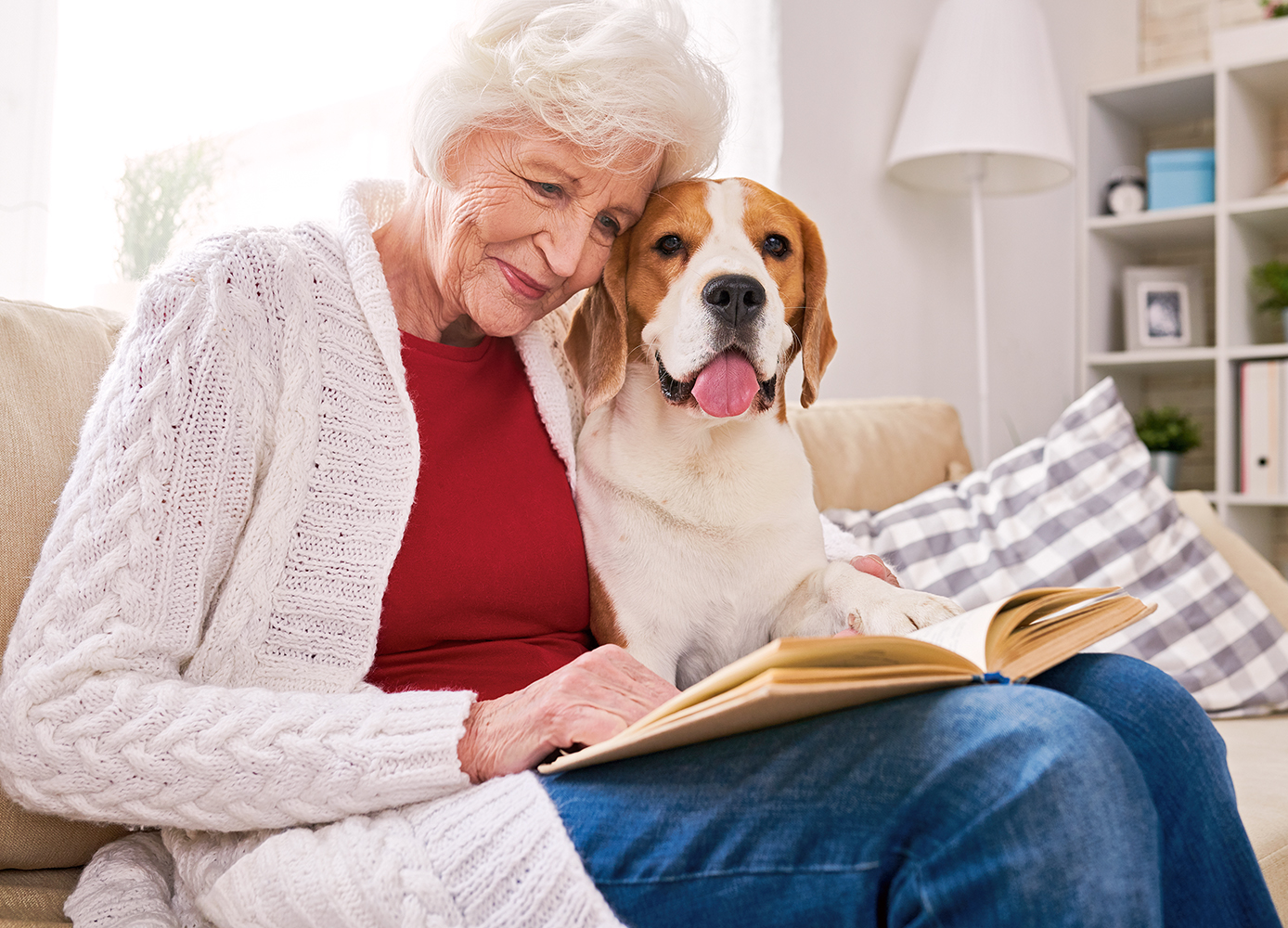Scientists say that wide-eyed, aren’t-I-cute look evolved because we humans respond to it
Photo: iStock/fotyma.
When we humans began domesticating wolves, we bred them to help us hunt and manage livestock. Later, they became our companions and were soon bred not only for strength and speed, but to be smaller and more docile. Over approximately 33,000 years, new research suggests, dogs also developed an effective way of tugging at our heartstrings to get what they want—puppy dog eyes.
In a study of dogs’ evolution published recently in the US journal Proceedings of the National Academy of Sciences, researchers discovered that while the facial structure of dogs and wolves are similar, the muscles above the eyes differ quite a bit. Unlike wolves, dogs have a small muscle—the levator—that allows them to raise their inner eyebrow at will, such when you have chicken nuggets and they don’t.
Research led by Dr. Juliane Kaminski of the University of Portsmouth in England also shows that dogs don’t raise their eyebrows as much when they’re alone, suggesting it’s done only to communicate with humans.
It’s hardly surprising that this trait would be reinforced over thousands of years of breeding and mating. Dogs who are better at coaxing humans into feeding and caring for them had a clear advantage over those who just weren’t as cute.
Researchers theorize that the trait contributed to strengthening the emotional bond between dogs and humans and so may explain why we began to see them as beloved companions.






